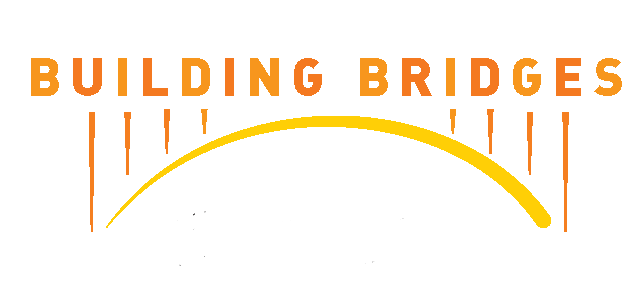Five Strategies to Build Bridges with ELLs
Communicator November 2013, Volume 37, Issue 3
Communicator
November 2013, Volume 37, Issue 3
 Ten percent of American students are English-language learners (ELLs)—and in some states, the number of ELLs is more than double that. Meeting the educational needs of this growing population—especially under the new strictures of the Common Core—is complex. And, according to a report this year from the U.S. Department of Education, states are struggling to do so. Just nine states met their federal goals for ELLs’ progress from 2008 to 2010.
Ten percent of American students are English-language learners (ELLs)—and in some states, the number of ELLs is more than double that. Meeting the educational needs of this growing population—especially under the new strictures of the Common Core—is complex. And, according to a report this year from the U.S. Department of Education, states are struggling to do so. Just nine states met their federal goals for ELLs’ progress from 2008 to 2010.
For principals, many of whom have seen their school demographics shift over the past decade, supporting ELLs involves rethinking staff professional development and school structures. Principal is exploring these issues in Building Bridges, a five-part series on ELLs. The first two pieces in the series, “Collaboration Keys for English Language Learners” (September/October 2013), and “A Culturally Proficient Lens” (November/December 2013), examine the challenges and opportunities for ELL programs. Together, they reveal several tenets of strong ELL strategies:
- Educators should embrace cultural proficiency. “Educators who subscribe to the cultural proficiency belief system view students’ cultural backgrounds of language, race, gender, and socioeconomic status as assets to construct educational experiences,” write Reyes Quezada, Delores Lindsey, and Randall Lindsey in “A Culturally Proficient Lens.”
- Collaboration between ESL teachers and classroom teachers is key. Maureen Keithley, language development expert, explored this teamwork in “Collaboration Keys for English Language Learners.”
“If you are the content teacher, and I am your ESL teacher, I may not be familiar with the content you teach or our state content standards,” she says. “I [however]… understand language acquisition and what our students need in terms of success in academic language development. So, as collaborative partners, we can be a powerful team to make content comprehensible for our students.”
- Support strong, long-term professional development. “To successfully educate English-learning students, schools must develop long-term approaches to professional development and resist overreliance on discrete, short-term instructional strategies,” write Quezada, Lindsey, and Lindsey. “Long-term instructional strategies for acquiring English must be learned, coached, and applied in a supportive context. Such learning must take place where educators share two beliefs that are prerequisites to successful teaching and learning:”
- Understand of families’ perspectives. To work effectively with ELLs’ families, educators must understand their needs and beliefs. “There are different expectations around the world on parent involvement. In some countries, [parents] don’t feel competent to serve in a collaborative role, as a partner in the education of their children,” says Keithley. “So, we educators have to be aware that these families may see their role differently.”
- Practice effective family communication. This may mean holding school meetings in neighborhoods where ELLs’ families live, providing translation services for school events, and paying special attention to explaining school concepts to families. “[Culturally proficient] principals help parents—and the school community—understand opportunity and achievement data,” write Quezada, Lindsey, and Lindsey.
Read about these strategies and more in “Collaboration Keys for English Language Learners” and “A Culturally Proficient Lens,” and look for the next pieces in the Building Bridges series in Principal this year.
—
Copyright © 2013. National Association of Elementary School Principals. No part of the articles in NAESP magazines, newsletters, or website may be reproduced in any medium without the permission of the National Association of Elementary School Principals. For more information, view NAESP’s reprint policy

